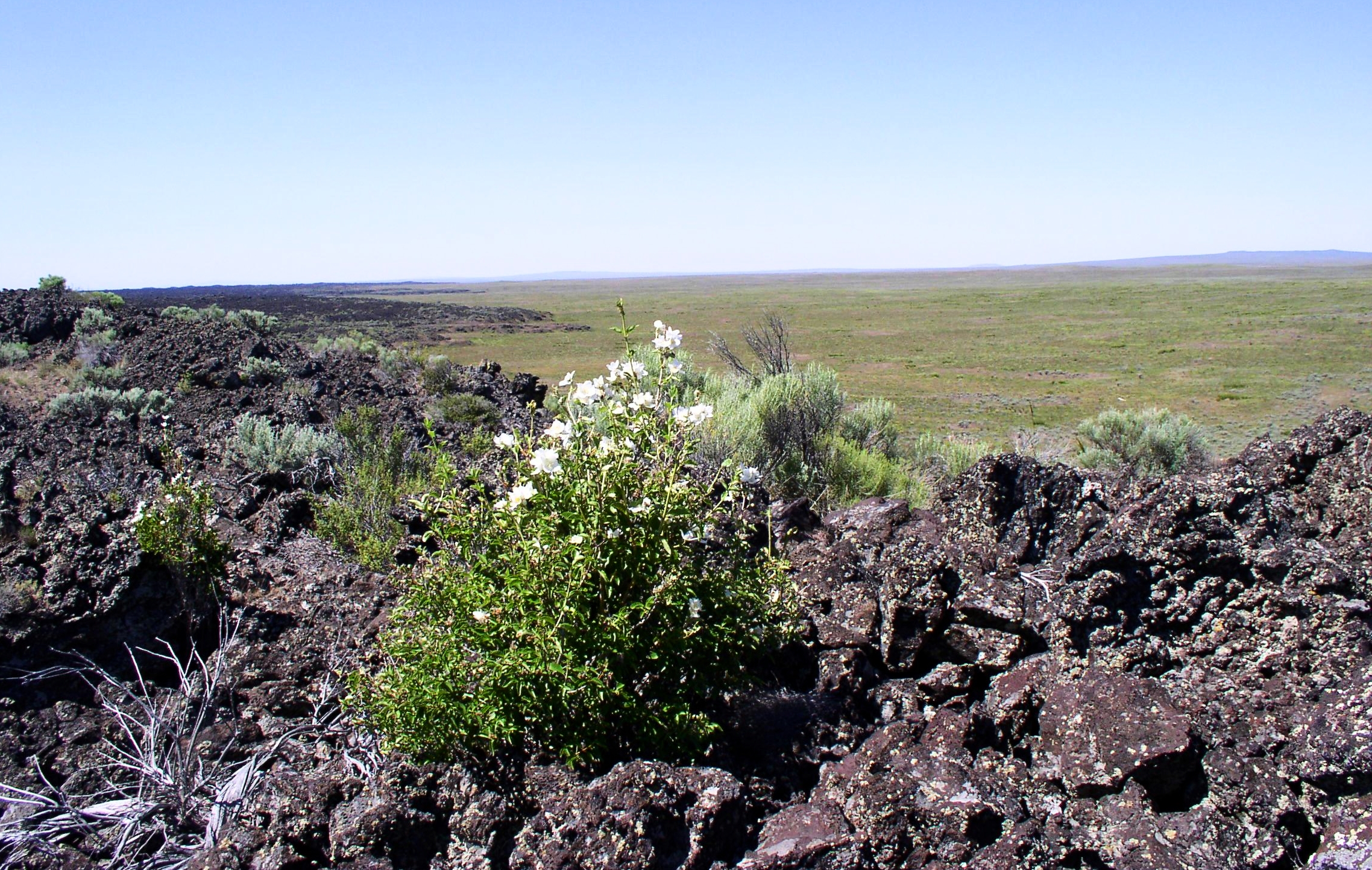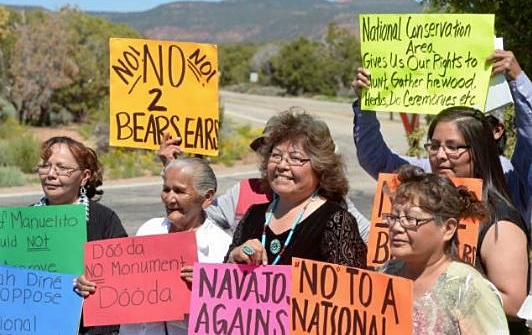Lisa Cresswell, the planning and environmental coordinator for the Twin Falls District of the BLM, said the document combined with the BLM’s 2015 Greater Sage Grouse Approved Resource Management Plan Amendment protects sage grouse habitat while allowing grazing in Craters of the Moon.
Keith Ridler
BOISE – Federal officials on Friday released a cattle grazing plan for central Idaho’s Craters of the Moon National Monument and Preserve that immediately came under fire from an environmental group.
The U.S. Bureau of Land Management’s Final Environmental Impact Statement allows cattle grazing on nearly all of the roughly 275,000 acres it administers in the monument.
The document stems from a federal lawsuit filed by the Western Watersheds Project citing concerns about sage grouse and a subsequent court ruling requiring the federal agency to come up with a new plan.
Lisa Cresswell, the planning and environmental coordinator for the Twin Falls District of the BLM, said the document combined with the BLM’s 2015 Greater Sage Grouse Approved Resource Management Plan Amendment protects sage grouse habitat while allowing grazing in Craters of the Moon.
“We were mostly trying to direct livestock grazing toward (seeded areas) and away from native sagebrush,” she said.
Craters of the Moon contains ancient lava flows of rough and jagged rocks, but some areas not covered by the flows are suitable for cattle grazing.
The plan reduces by 300 acres the amount of cattle grazing area compared with the previous plan, and it reduces the number of cattle by a small amount.
That’s not enough of a change, said Greta Anderson, deputy director for Western Watersheds Project. “Our concerns that the BLM’s livestock plans will continue to contribute to sage-grouse decline within this National Monument are unresolved,” she said in an email to the Associated Press.
Anderson also said that the sage-grouse Resource Management Plan Amendments that the BLM cites as providing sage grouse protections in the Environmental Impact Statement are themselves being challenged in court in a case that hasn’t been resolved.
Anderson said BLM’s plan will lead to declines of sage grouse and their possible elimination from Craters of the Moon.
Sage grouse are ground-dwelling, chicken-sized birds found in 11 Western states, where as few as 200,000 remain, down from a peak population of about 16 million. The males are known for their strutting courtship ritual on breeding grounds called leks, and they produce a bubble-type sound from a pair of inflated air sacks on their necks.
BLM’s publication of the document opens a 30-day protest period available to those who previously took part in the process.
[wp_ad_camp_1]
Meanwhile, the Trump administration earlier this month listed all 738,000 acres of federal lands in the monument dating from 1924 as up for possible revocation. Twenty-six other U.S. monuments on the list only go back to lands designated since 1996 in accordance with an executive order signed by Trump.
The U.S. Department of the Interior in an email to the AP on Friday said it was checking on the apparent discrepancy but didn’t have an immediate response.
John Freemuth, a Boise State University environmental policy professor and public lands expert, said the Interior Department appeared to make a mistake by including the entire monument and preserve. He also noted that 410,000 acres was designated as a preserve by Congress following efforts by U.S. Rep. Mike Simpson, R-Idaho, in 2002. That moved that land from the BLM to the National Park Service. For it to no longer be a preserve would require another act by Congress, Freemuth said.
“They can’t touch the part that Simpson got in in 2002,” he said.
About 53,000 acres were designated a monument before 1996, most of that occurring in 1924.
The remaining federal lands of the monument are the 275,000 acres administered by the BLM and the subject of the Environmental Impact Statement.
Ted Stout, Craters of the Moon spokesman, said monument officials have sought clarification from the Interior Department about whether the entire monument is being reviewed by the Trump administration, but they haven’t yet received a response.
Many local communities have pushed to have the initial 53,000 acres designated a national park in the hopes of bringing more tourism dollars to the area. Earlier this year, the Idaho Senate passed a resolution seeking that result, but it stalled in the House amid objections from agricultural interests.



